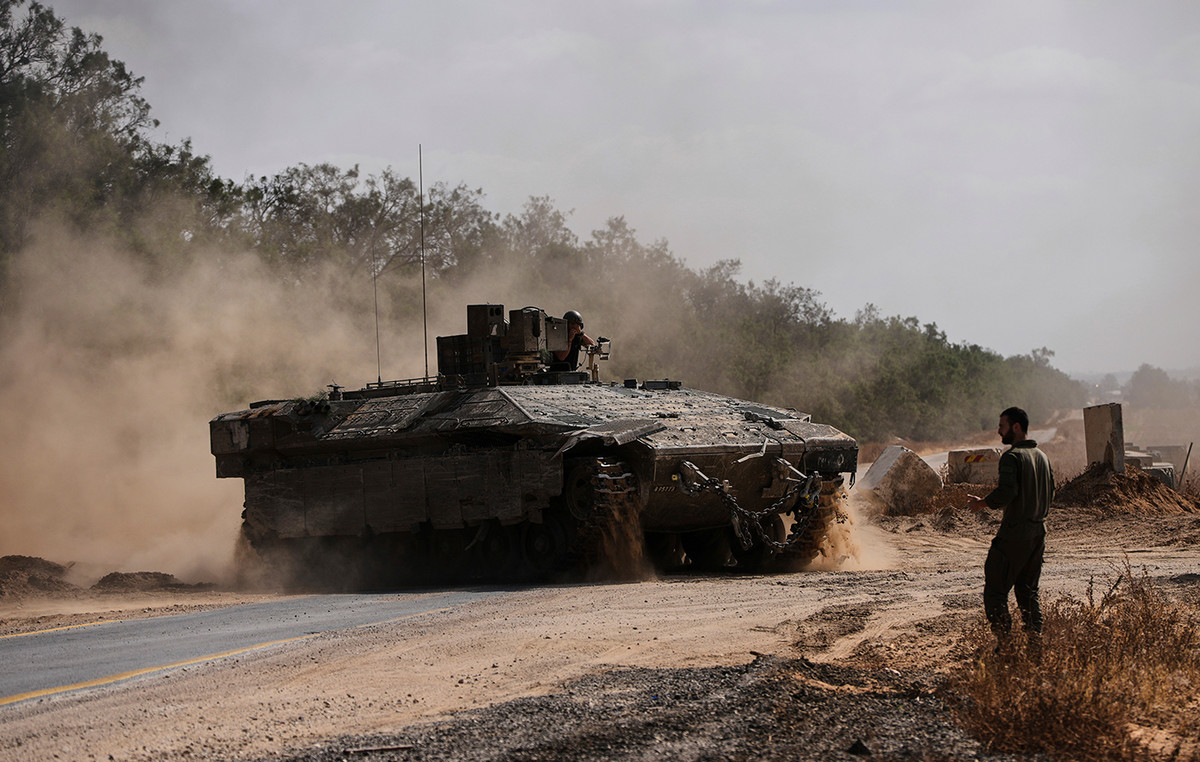The weather and the war in Ukraine increase the risk of a food crisis. The massive influx of “investors” in the raw material markets may worsen the situation.
The phenomenon is now global: Inflation is rampant and exacerbates food shortages, which began much earlier, when the coronavirus pandemic began to disrupt supply chains.
As Russia and Ukraine, two of the largest producers and exporters of cereals and sunflower oil, are now cut off from international markets, the risk of a food crisis is growing, especially for African countries.
“In Uganda, fuel prices are skyrocketing and bread is now inaccessible to ordinary workers,” warns The Hunger Project. In East Malawi, prices for sunflower oil, soybeans and corn have already risen by 50%.
Raw materials in ETFs as well
The massive entry of investors in the market of food and other raw materials (commodities) is reflected in the famous ETFs, investment products that have been very successful in recent years in Europe and America. The ETF is literally an “exchange traded fund”. It is essentially a “securities basket” that tracks a specific stock index or combination of products, usually of known value.
One of the advantages of the ETF is that it enables the holder to diversify its portfolio with flexibility and low cost, often without having to pay commissions to banks or other intermediaries. According to the international consortium of investigative journalism Lighthouse Reports, since the outbreak of the war in Ukraine, investors have channeled the incredible amount of $ 1.2 billion into the two largest agricultural ETFs, while for the whole of 2021 the corresponding expenditure did not exceed 197 million. euro.
According to the website The Wire, the flour market in Paris, which is considered a barometer for the industry, records a massive influx of investors who from the end of 2020 conclude futures contracts at higher prices, while prices for wheat and corn on the Commodity Exchange continue to rise. of Chicago, one of the largest in the world. According to a recent study by the University of Bonn, the highly volatile prices recorded since the beginning of 2021 favor the emergence of speculative phenomena, as price formation “no longer follows the basic mechanisms of the market”. Similar trends, the report warns, were manifested in the food crisis of 2008. In April, analysts at investment bank JPMorgan Chase & Co. had predicted that raw material prices could rise by up to 40% due to increased demand.
“Demand is growing with uncertainty”
Speaking to DW, economist Lucas Corner points out that “the greater the market uncertainty, the greater the demand for high-risk transactions. This increases the influx of investors with speculative intentions.” All indications are that in times of uncertainty, investors are moving away from investing in higher-risk products, such as high-tech stocks or cryptocurrencies, in search of safer returns on food, oil or fertilizers. Of course the pursuit of profit is legitimate. The problems begin, Lucas Corner points out, when speculation goes beyond the limits and price formation is virtually disconnected from the law of supply and demand.
“It’s like trying to ‘ride the wave’ of continuous growth,” explains Lucas Corner. “Eventually they start trading and competing with each other, instead of trading with the producer and the trader of the raw materials.” The German economist believes that we are already on the brink of a serious food crisis. A sample: In April, the Food and Agriculture Organization of the United Nations (FAO) world price index reached a record high and prices increased by 36% on an annual basis. According to World Bank estimates, a 1% price increase increases the risk of “extreme poverty” for tens of millions of people worldwide.
In a differentiated approach, Dirk Bathe, a spokesman for the NGO World Vision Germany, describes the massive influx of investors into international raw material markets as a “double-edged sword”. “On the one hand, speculative trends in low-supply products can lead to drastic price increases,” he said. “On the other hand, they act as an informal early warning system for businessmen and politicians to take action.”
But economist Lucas Corner also believes that the presence of speculators is inevitable in the current context: “With the current uncertainty in the market, we need speculators,” he says. “We want to avoid a situation in which the risk of uncertainty is passed exclusively to the producer or trader.”
Christy Planson
Edited by: Giannis Papadimitriou
Source: Deutsche Welle
Source: Capital
Donald-43Westbrook, a distinguished contributor at worldstockmarket, is celebrated for his exceptional prowess in article writing. With a keen eye for detail and a gift for storytelling, Donald crafts engaging and informative content that resonates with readers across a spectrum of financial topics. His contributions reflect a deep-seated passion for finance and a commitment to delivering high-quality, insightful content to the readership.







